How to choose Light lamps
Updated: 2022-01-10
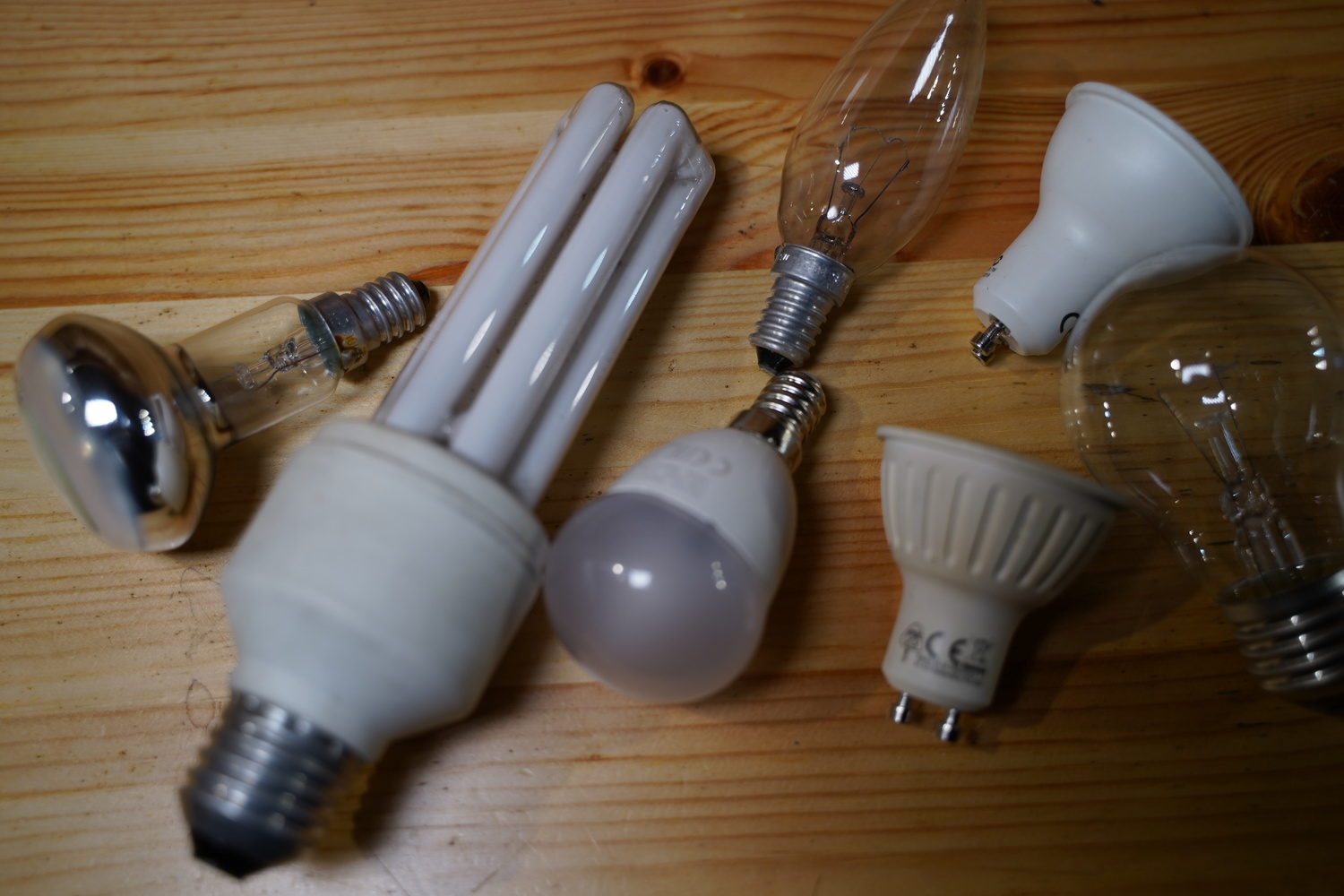
Lighting obviously serves the practical purpose of providing illumination in the rooms, and other spaces, of a home, when natural light is insufficient. More than that, however, an appropriate choice of different lighting fixtures, light bulbs, and lighting techniques can allow the mood, or atmosphere, created in any given space – whether is be a living space, a home office, a kitchen or bathroom, for example – to be adjusted to its purpose. Aesthetics aside, the correct choice of lighting can also enhance the functionality of a room, and the use of energy saving light bulbs – which consume up to 80% less energy than standard light bulbs, but, nevertheless, produce the same amount of light – can save you money, and reduce the carbon footprint of your home.
Types of Lighting Fixtures
The principle forms of illumination in a typical domestic setting are ceiling, and wall, fixtures. Many rooms – particularly those with a large area – are best suited to a central, ceiling fixture, which provides a degree of illumination throughout the room. The ceiling fixture may, of course, by complemented by other fixtures, providing accent, or task, lighting, as required. Indeed, there may be one or two practical considerations involved in the placement of a ceiling fixture, or fixtures; stairs, for example, should be adequately illuminated, at the top, and bottom, for safety purposes, while a ceiling fixture in a kitchen may also allow for the accommodation of a fan. The choice of ceiling fixture otherwise depends on the level, and type, of illumination required, and the overall, aesthetic effect desired.
At a very simple level, a bare bulb, or a frosted globe – a basic ceiling fixture, popular in practical spaces, such as hallways, kitchens and bathrooms – may provide adequate light for a space, but does have, at best, only limited decorative appeal. More sophisticated lighting solutions include pendant ceiling fixtures, or chandeliers, which are available in a wide range of styles, and materials, to suit traditional, and contemporary settings. Chandeliers, for example, are not limited to traditional crystal – which can, nevertheless, create grandeur for dinner parties, and other formal occasions – but are available in wood, pewter, iron and plastic, for a more modern “feel”. As a general rule, a wattage of between 100 and 200 watts is usually appropriate for a central ceiling fixture, but a room with a high ceiling, or a darker-coloured ceiling, and walls, may require more powerful illumination.
Another possibility is a downlight, or downlights, which project light downwards, from fixtures mounted onto, or “recessed” into, the surface of the ceiling in a room. Specific downlights, known as “wall washers”, direct light towards a wall, and may be used for the illumination of objects such as paintings, or other items of interest. Spotlights, which create a narrow, directional beam of light, and floodlights, which create a broader field of light, are possibilities for downlighting, depending on what you wish to illuminate.
As far as wall lighting is concerned, wall sconces, or brackets, with arms – a replacement for the candles, or torches, of olden times – remain a highly popular form, and, in combination with a ceramic bowl, or translucent, frosted glass shade, can be used to direct light upwards, if need be, or to diffuse it softly into a room. Wall sconces are ideal for adding light to hallways, and living rooms, for example, and can be fitted, in pairs, to flank a chimney breast, a window, or a distinctive piece of furniture, such as a grandfather clock, or tall boy. Other forms of wall lighting include wall spotlights, picture and mirror lights, flexi-arm lights and recessed LED (“Light Emitting Diode”) wall lights in a variety of rustic, and modern, styles and materials.
At a very simple level, a bare bulb, or a frosted globe – a basic ceiling fixture, popular in practical spaces, such as hallways, kitchens and bathrooms – may provide adequate light for a space, but does have, at best, only limited decorative appeal. More sophisticated lighting solutions include pendant ceiling fixtures, or chandeliers, which are available in a wide range of styles, and materials, to suit traditional, and contemporary settings. Chandeliers, for example, are not limited to traditional crystal – which can, nevertheless, create grandeur for dinner parties, and other formal occasions – but are available in wood, pewter, iron and plastic, for a more modern “feel”. As a general rule, a wattage of between 100 and 200 watts is usually appropriate for a central ceiling fixture, but a room with a high ceiling, or a darker-coloured ceiling, and walls, may require more powerful illumination.
Another possibility is a downlight, or downlights, which project light downwards, from fixtures mounted onto, or “recessed” into, the surface of the ceiling in a room. Specific downlights, known as “wall washers”, direct light towards a wall, and may be used for the illumination of objects such as paintings, or other items of interest. Spotlights, which create a narrow, directional beam of light, and floodlights, which create a broader field of light, are possibilities for downlighting, depending on what you wish to illuminate.
As far as wall lighting is concerned, wall sconces, or brackets, with arms – a replacement for the candles, or torches, of olden times – remain a highly popular form, and, in combination with a ceramic bowl, or translucent, frosted glass shade, can be used to direct light upwards, if need be, or to diffuse it softly into a room. Wall sconces are ideal for adding light to hallways, and living rooms, for example, and can be fitted, in pairs, to flank a chimney breast, a window, or a distinctive piece of furniture, such as a grandfather clock, or tall boy. Other forms of wall lighting include wall spotlights, picture and mirror lights, flexi-arm lights and recessed LED (“Light Emitting Diode”) wall lights in a variety of rustic, and modern, styles and materials.
Types of Light lamp
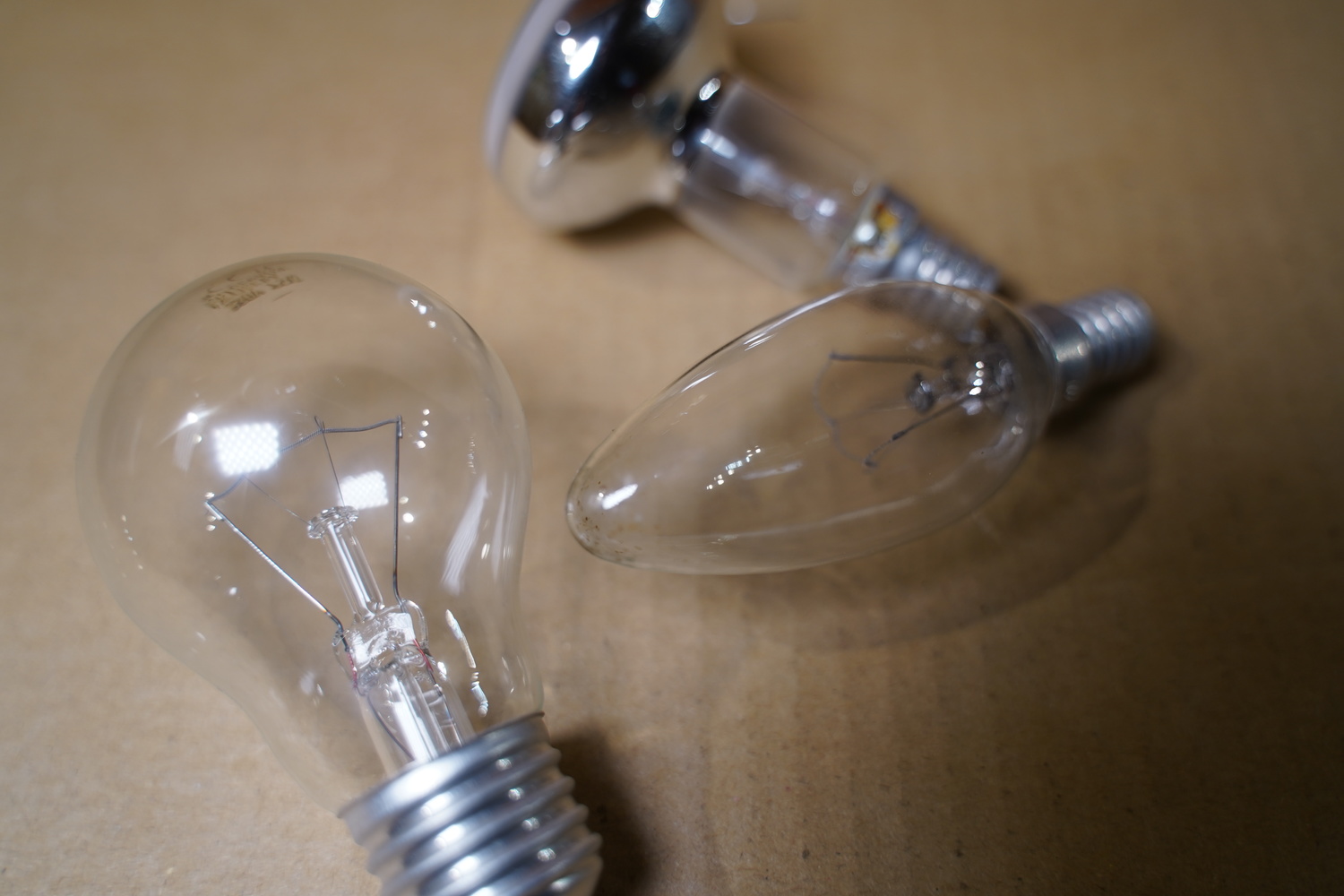
So-called “incandescent” light bulbs are the familiar, conventional filament bulbs, which have long been used for domestic lighting. These bulbs are available in recognisable, screw, or “bayonet”, fittings, and a choice of clear and “pearl” finishes, for use in situations where the bulb, itself, is visible, or where a diffuse, shaded light is required, respectively. Incandescent reflector bulbs – with a silvered surface, for use in directional light fixtures, such as spotlights, are also available. This type of bulb is generally considered to produce light that most closely replicates natural light, and imparts warm, natural colours to a space. Incandescent bulbs do have a short lifespan – 1,000 hours, approximately – and are less efficient, when compared to some other bulb types.
Energy savings typically between 60% and 75% can be achieved, for example, by replacing a traditional, incandescent bulb with a CFL, or “Compact Fluorescent Lamp”. This type of lamp – like the recognisable fluorescent strip lamp – employs a gas-filled tube, but no incandescent filament, and advances in the technology mean that a wide variety of highly efficient fluorescent lamps is available. Fluorescent lamps are no longer large, and ugly, as was once the case – indeed, some, nowadays, look exactly like incandescent bulbs – and electronic ballast means that the flickering sometimes associated with magnetic ballast is also a thing of the past. The CFL offers a lifespan of up to 8,000 hours, and is longevity, and efficiency, make it an ideal solution in situations where light is required for extended periods.
Halogen light bulbs – which employ a tungsten filament, encased in a small, quartz envelope filled with a halogen gas – are another energy-saving possibility. Halogen bulbs require only 50% of the energy required by, and typically have a lifespan twice as long as, incandescent bulbs, for an equivalent level of output. In addition, at very high temperatures – and halogen lamps are much hotter than equivalent incandescent lamps – the halogen gas reacts with tungsten vapour, and deposits tungsten metal onto the filament, increasing its longevity. The very high temperature does, however, mean that halogen lamps are not suitable for all applications, and fixtures that employ them must be equipped to cope with the higher temperature. Halogen lamps may be operated from a 12-volt supply – which therefore requires a transformer, either in the lighting fixture, itself, or externally, to “step down” the standard 240-volt domestic supply – or, more recently, directly from a mains supply.
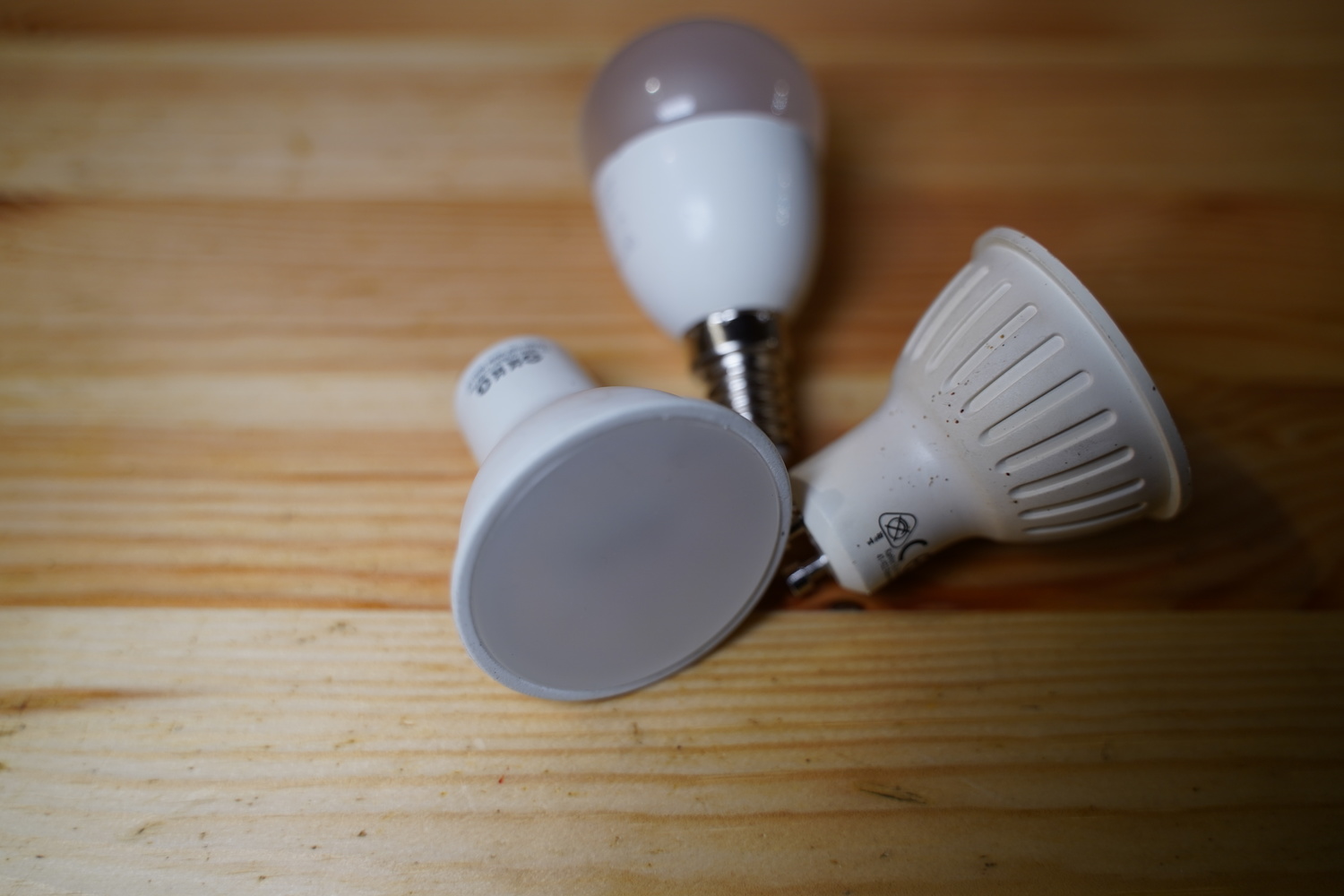
LED lamps are more energy-efficient than other lamps, they are the most suitable option for lighting the rooms. LED lamps have a built-in transformer that converts high voltage current into a low voltage current. So far, it is the transformer that is most susceptible to failure, especially if the high voltage current is variable and overvoltages occur.
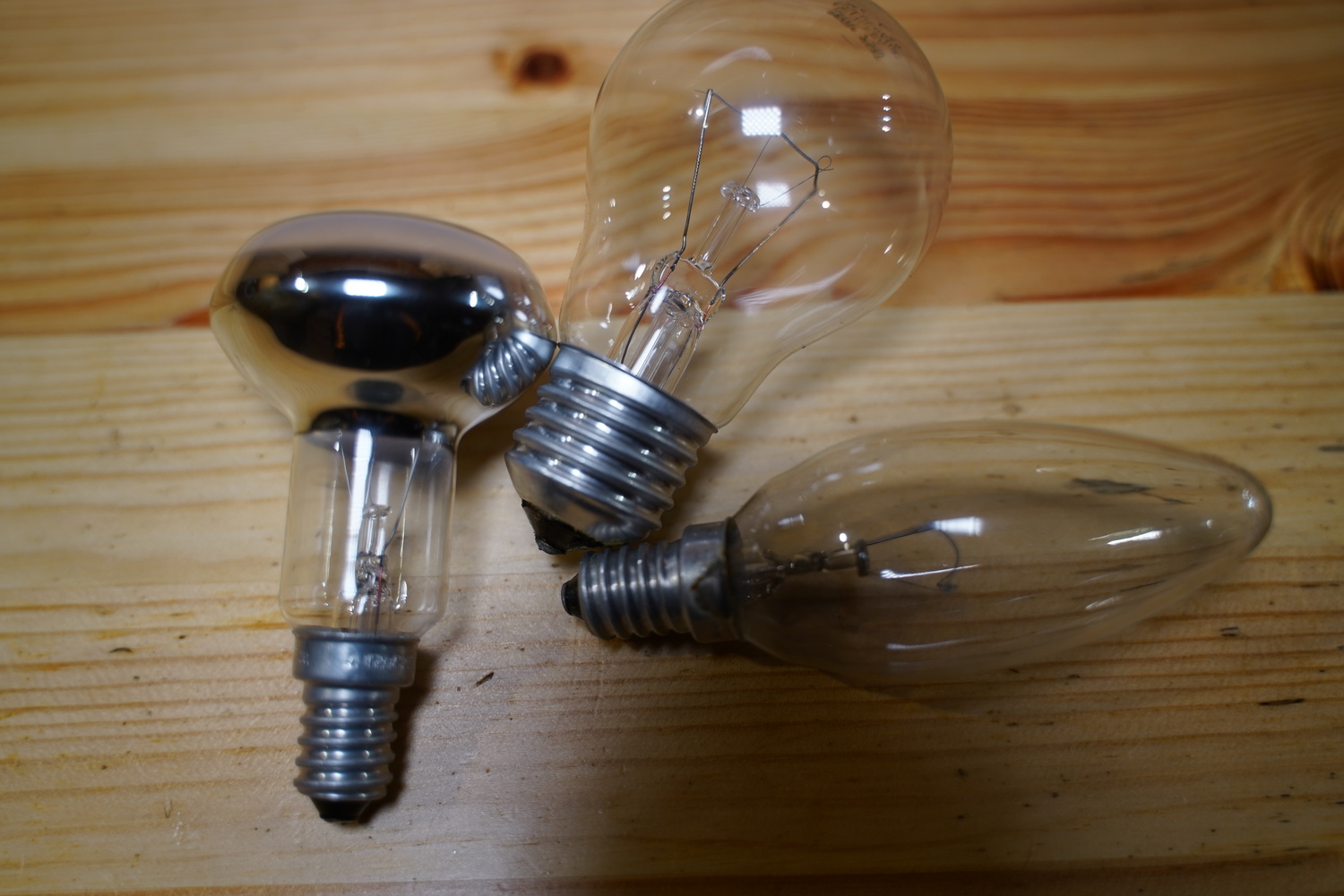
An incandescent light bulb provides light when wire filament is heated until it glows. The filament is enclosed in a glass bulb with a vacuum or inert gas to protect the filament from oxidation. Current is supplied to the filament by terminals or wires embedded in the glass. A bulb socket provides mechanical support and electrical connections.
Incadescent light bulb is a bad outdated choice, they are inefficient and they emit a lot of energy.
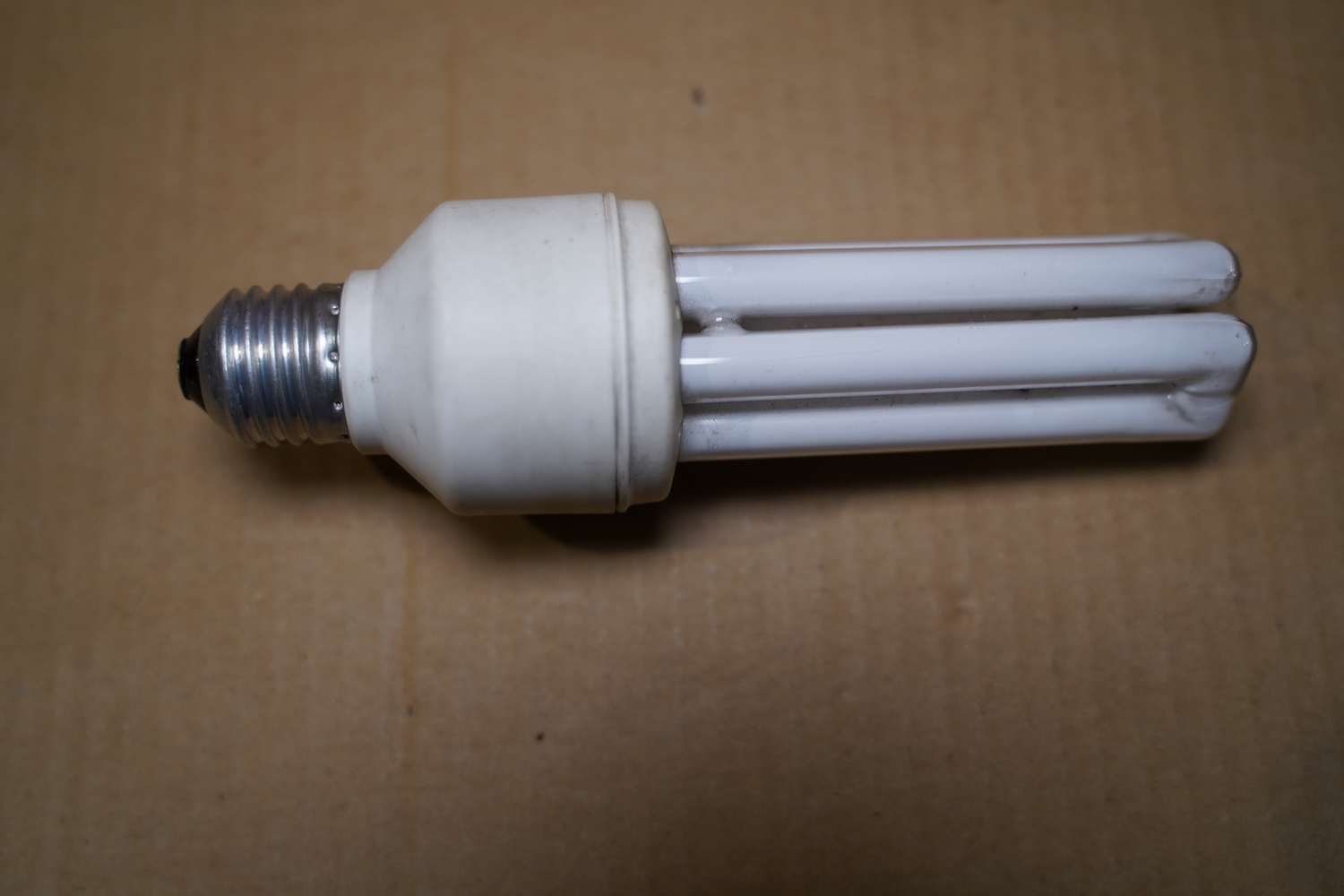
fluorescent light bulb has a longer lifespan than the incandecent, however it lasts less than LED lamps. Fluorescent lighting depends on a chemical reaction inside of a glass tube to create light. This chemical reaction involves gases and mercury vapor interacting, which produces an invisible UV light. That invisible UV light illuminates the phosphor powder coating the inside of the glass tube, emitting white "fluorescent" light.
fluorescent light tubes are commonly used in hospitals and schools because they are cheaper than LED and they provide lots of light compared to others, however the light they provide is very aggressive and makes you feel tired, so they are less suitable for home lighting.
Comments (0)
